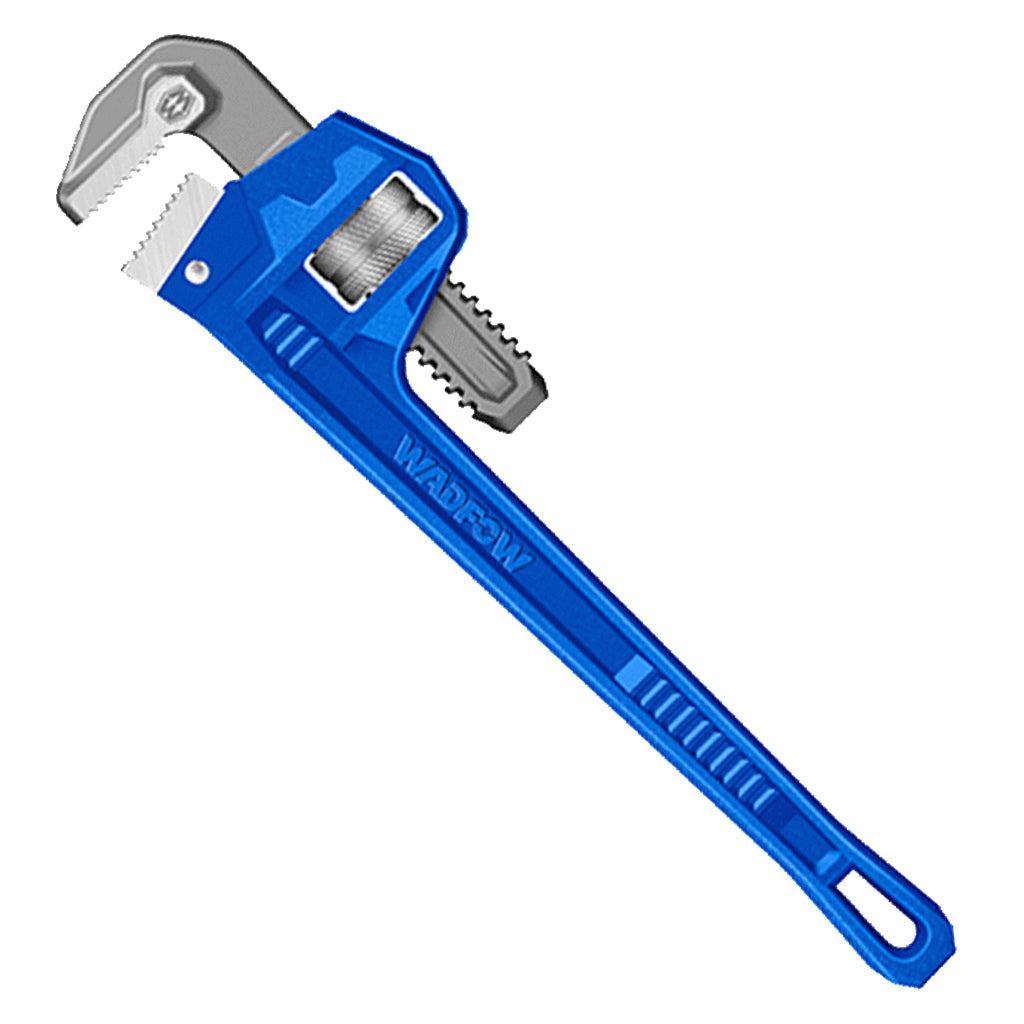One of the family has just acquired a Triban of indeterminate vintage with a Shimano UN equivalent square taper BB fitted. It's stuck in the frame and so far we have:
Been to the LBS who had 3 of us working on it,me supporting the frame, one using a metre long breaker bar backed up by the other chap using a spanner on the tool.
Soaked it in plug-gas fluid for 48 hours (filled the seat tube with fluid) then used a standard BB 20 notch tool on it
Acquired the Park Tool BBT-RS and tried again with a big spanner.
It is resisting all efforts, anyone got any other ideas we can try before scrapping what is a reasonable condition frame?
Have you tried some heat?
Heavy bench with vice, clamp tool in vice, BB onto tool & rotate the frame around the tool. The frame won't flex as much as the breaker bar.
It's likely Galvanic if it's an aluminium frame so the heat will help too.
Patience is key! When I worked at a bike shop we used a pneumatic air gun with limited success. When working for myself I used to lie the frame on its side and every now and then spray some more penetrating fluid down (I use Screwfix no nonsense), tap every now and then with a soft face hammer (or block of wood and hammer). If you can make a cup round the end to hold the fluid then even better!
Sometimes it took days, giving it a go every hour or so.
I’ve never had to use heat but don’t underestimate the power of a sharp tap with a heavy rawhide mallet on whatever tool that you’re using, I had the double handled Cyclo set, recommended.
Good luck!
Once the pressure is on give the tool a good hit with a hammer. Not the end of the breaker bar but actual tool. The idea is to create a shockwave in the thread
Never tried it myself, but whatabout some freeze spray?
Something like this?
Next time I've got a stubborn bastid to undo, I'm getting some!
Never tried it myself, but whatabout some freeze spray?
Something like this?
I've tried it with no success. I suspect the aerosol spray on them is too slow to actually chill the part before more heat is conducted back into it.
When I worked at a bike shop we used a pneumatic air gun with limited success.
That would be my solution.
Assuming you have a reasonable quality tool they should be good enough for a 1/2" impact gun (it would need to be a good steel one, nothing aluminum brass or chromed steel). It's basically the same as hitting it with a hammer thousands of times per minute.
Are you turning it the right way?
I use an old BB tool that fits into a pipe wrench, with an old seatpost over the handle to get more leverage, then I stand on it. It has always done the trick, but only when I'm turning it the right way.
My best results have generally come from the procedure someone above mentioned where you clamp the tool in a vice and then use the frame itself as a lever (paying particular attention to make sure you’re turning it the right way).
I once also rigged up some weights (around 50kg, I think) and an extension bar and just left it with the weights constantly applying pressure for a couple of days. It seemed easier to shift afterwards.
Vice has worked for me too.
Also don't forget to try tightening it a touch first. Sometimes that releases it.
I don't doubt it's an English threaded shell, but I'd be inclined just to double check to make sure I was turning it the correct way.
In extreme circumstances I have heard of folk actually drilling out a bottom bracket (and then hacksawing out the shell if it's really fused) but that sounds like a massive job.
There's a homebrew tool design here which might be worth a try - https://www.instructables.com/Seized-Bottom-Bracket-Removal/
Thanks a lot, we went with a sharp tap or two on Non-DS with a copper mallet. It did move and then the tool broke trying to go the correct way to undo. Will attack with another tool in the right direction and see how I get on. Once Non-DS is out there will be some more bathing in Plus-Gas from that side before I attempt the drive side.
The drive side is sometimes easier to undo first as the flange helps seal against water ingress.
In addition to my earlier advice, if you can use the crank arm bolts to securely fasten the tool to the axle then this prevents slippage and the subsequent stripping of the “teeth”. Don’t forget if using this method on the non drive side to progressively loosen the bolt as the collar unscrews.
The drive side is welded in, probably a galvanic corrosion problem. Battle will resume on Monday.

